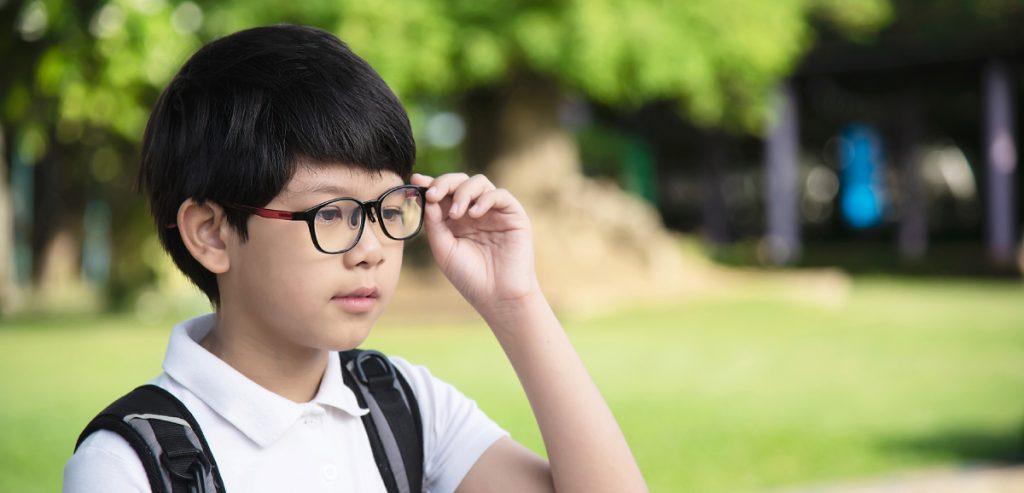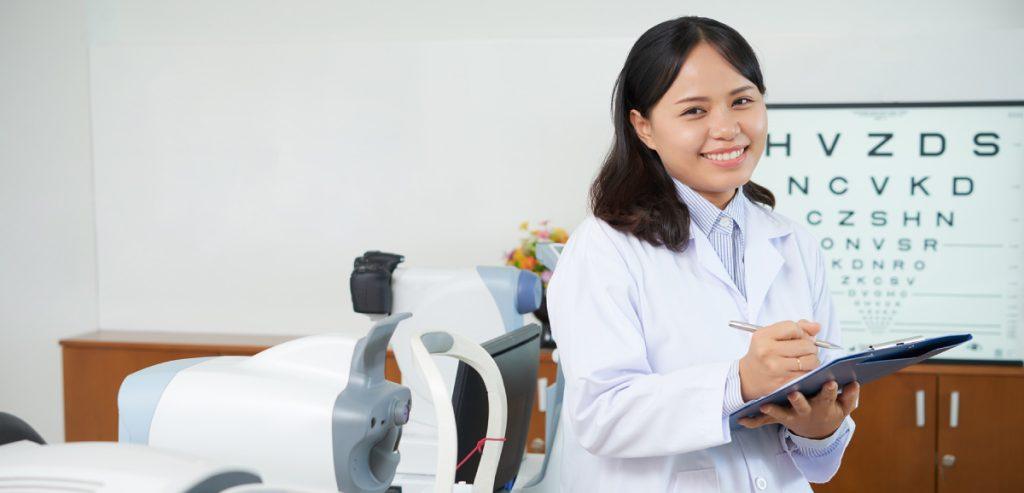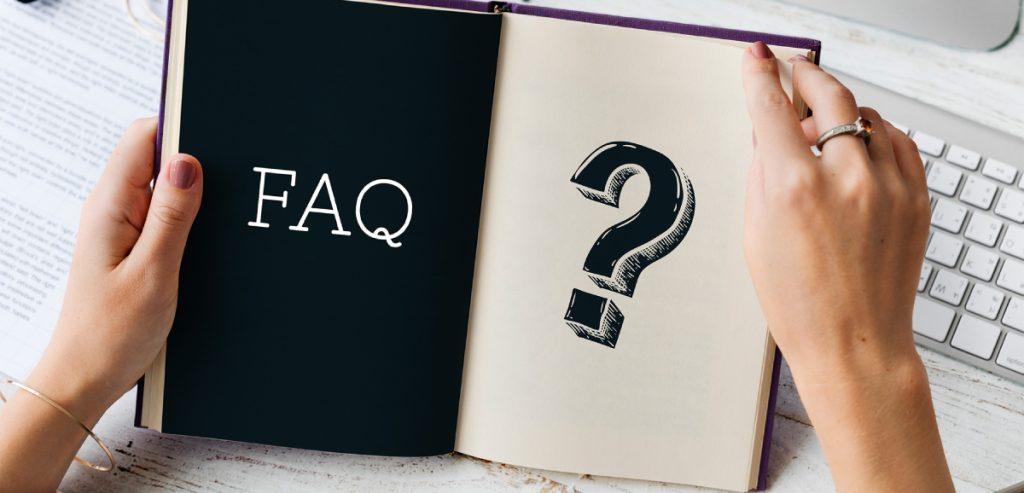Myopia, or short-sightedness, has become one of the most common vision problems among children in Malaysia. According to recent studies, nearly 50% of Malaysian schoolchildren are affected by myopia, with numbers expected to rise as digital screen usage and close-up work become part of daily life.
As parents, we want the best for our children—including healthy vision that doesn’t worsen over time. That’s where Myopia Control comes into play. But what does myopia control involve in 2025? And how do you know what treatments are safe and effective?
At Optika Optometrist, we believe in empowering parents with the latest facts, tools, and solutions to protect their children’s eyesight. This guide will walk you through everything you need about Myopia Control in 2025, including new trends, treatments, and expert advice tailored to Malaysian families.

Why Is Myopia on the Rise?
Myopia occurs when the eyeball grows too long, or the cornea becomes too curved, causing light to focus in front of the retina instead of directly on it. This leads to blurry distance vision. While genetics play a role, lifestyle habits are a significant factor:
- Increased screen time (phones, tablets, computers)
- Limited outdoor play
- Intense academic pressure
- Poor reading posture or lighting
In Malaysia, urban living has also contributed to less outdoor time—one of the most natural ways to delay myopia progression.

The Goals of Myopia Control
Myopia Control doesn’t aim to “cure” short-sightedness but focuses on slowing its progression. Slowing progression is crucial because high levels of myopia increase the risk of severe eye conditions like:
- Retinal detachment
- Glaucoma
- Macular degeneration
- Cataracts
By implementing early intervention strategies, parents can prevent their child’s myopia from worsening and protect their vision in the long term.

Latest Myopia Control Treatments in 2025
Here are the top evidence-based treatments available in Malaysia for Myopia Control in 2025:
1. Orthokeratology (Ortho-K) Lenses
These are custom-designed, rigid contact lenses worn overnight. They gently reshape the cornea while the child sleeps, providing clear vision during the day without glasses or contact lenses.
- Non-surgical and reversible
- Ideal for active kids
- Proven to slow myopia progression
At Optika Optometrist, Ortho-K fittings are done precisely using advanced corneal mapping for safety and comfort.
2. Atropine Eye Drops (Low-Dose)
Low-dose atropine (0.01%–0.05%) is a widely accepted pharmacological treatment for myopia control. It relaxes the eye’s focusing mechanism and slows down eye growth.
- Easy to use once daily before bedtime
- Minimal side effects when prescribed properly
- Requires regular eye checkups
This method is especially suitable for children who may not want to wear lenses.
3. Myopia Control Spectacle Lenses
In 2025, spectacle technology has advanced significantly. New lenses, such as DIMS (Defocus Incorporated Multiple Segments) and HAL (Highly Aspherical Lenslets), are specially designed to control peripheral defocus—a major contributor to eye elongation.
- Comfortable and familiar for children
- Stylish designs available
- Safe and easy to maintain
These lenses are available at certified Myopia Control centres like Optika Optometrist across Malaysia.
4. Lifestyle Changes & Outdoor Activities
Regardless of the treatment chosen, lifestyle plays a massive role in effectiveness. Experts recommend:
- At least 2 hours of outdoor play daily
- Following the 20-20-20 rule: every 20 minutes of near work, look at something 20 feet away for 20 seconds
- Reducing unnecessary screen time
Optika educates parents and children on maintaining healthy vision as part of a holistic myopia management plan.

What Parents in Malaysia Should Know
- Start early: The earlier myopia is detected and managed, the better the long-term outcome.
- Regular checkups matter: Visit your optometrist every 6–12 months or as advised.
- No one-size-fits-all: What works for one child may not work for another. A professional evaluation is key.
As of 2025, Myopia Control is no longer a futuristic concept—it’s a reality. Parents now have more options than ever, and expert clinics like Optika Optometrist are here to help you navigate them.

Why Choose Optika Optometrist?
Optika Optometrist is one of Malaysia’s trusted names in child eye care and Myopia Control. Our certified optometrists offer personalised assessments, evidence-based treatments, and ongoing support to keep your child’s vision healthy and stable.
Whether it’s Ortho-K, atropine drops, or myopia control lenses, we tailor the solution to your child’s specific needs—all in a child-friendly, supportive environment.
Final Thoughts
As myopia continues to affect more Malaysian children, the need for proactive vision care has never been greater. Don’t wait until the prescription keeps increasing. With the right tools, habits, and guidance from trusted optometrists, you can take control of your child’s eye health today.
Visit Optika Optometrist for a comprehensive eye exam and expert advice on Myopia Control solutions tailored for your family.

FAQs
1. At what age should I consider Myopia Control for my child?
Myopia Control is recommended as early as age 6, especially if your child shows signs of nearsightedness or has a family history of myopia.
2. Is Ortho-K safe for children?
When fitted and monitored by a qualified optometrist, Ortho-K lenses are safe and effective for children. Regular follow-ups ensure safety and progress tracking.
3. Can my child’s myopia be reversed?
Myopia cannot be reversed, but its progression can be slowed significantly through Myopia Control methods like special lenses, atropine drops, or Ortho-K.



